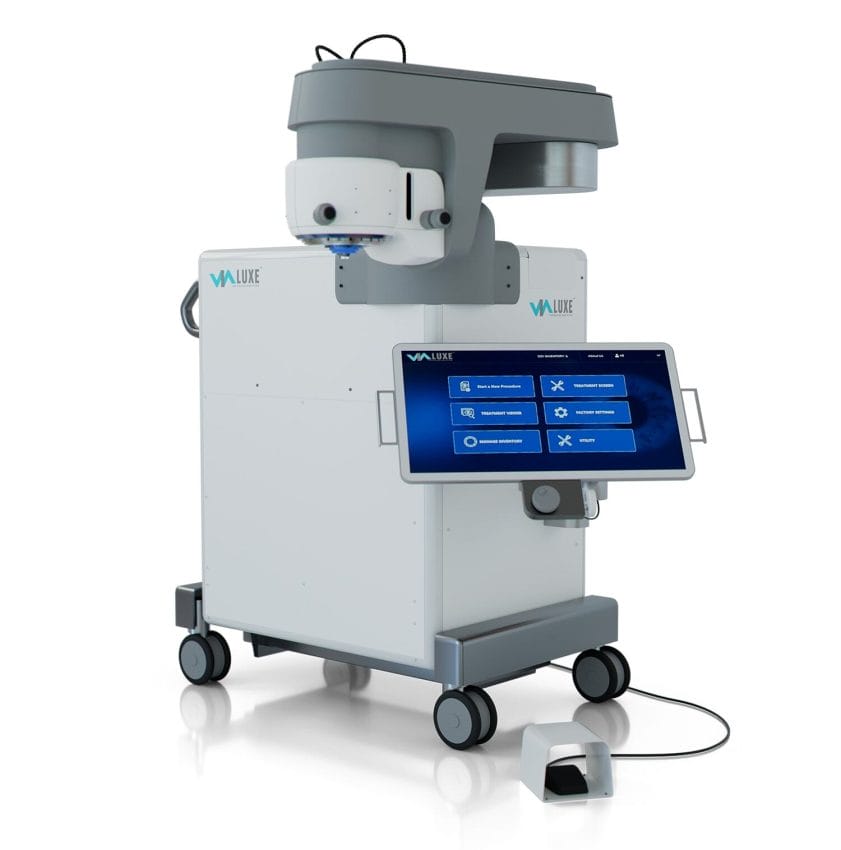ViaLase, Inc., a clinical-stage medical technology company focused on addressing unmet needs in the conventional glaucoma treatment paradigm, today announced it has completed enrollment of VIA-002, the company’s pivotal trial of the ViaLase® Laser to treat adult patients with primary open angle glaucoma (POAG). The ViaLase Laser combines the precision of femtosecond laser technology and the accuracy of micron-level image guidance to deliver a noninvasive glaucoma treatment called femtosecond laser image-guided high-precision trabeculotomy, or FLigHT.
“We are delighted to have our pivotal trial fully enrolled with a total of 152 patients,” said Tibor Juhasz, PhD, Founder and Chief Executive Officer, ViaLase, Inc. “There is a significant unmet need for a noninvasive, nonpharmacological treatment for glaucoma patients who are not ready for cataract surgery or who have already had cataract surgery and are struggling on medical therapy. We are optimistic that our pivotal trial will demonstrate the safety and efficacy of the first-ever FLigHT treatment performed by the ViaLase Laser. Ultimately, it is our greatest wish to be able to provide an effective noninvasive treatment to the millions of people living with glaucoma, one of the leading causes of irreversible blindness worldwide.”
“VIA-002 is a non-inferiority efficacy study comparing the ViaLase Laser to selective laser trabeculoplasty (SLT),” said Richard Lewis, MD, Chief Medical Officer, ViaLase, Inc. “We are hopeful the results of this trial will be consistent with our first-in-human study, which published data of patients followed out to 24 months. ViaLase believes our technology will give doctors the opportunity to intervene earlier in the treatment paradigm with a potentially safe and effective noninvasive procedure.”
VIA-002 is a prospective, randomized, controlled, multi-center trial of the use of the ViaLase Laser versus SLT in adult patients with POAG. In the study, 152 subjects were randomized to either the ViaLase Laser or SLT. The primary effectiveness endpoint is a reduction in mean unmedicated intraocular pressure (IOP) from baseline to 6 months and 12 months. Secondary effectiveness endpoints are the percentage of eyes with a >20% reduction in unmedicated IOP at 6 months and 12 months with no secondary surgical intervention to treat glaucoma, and a reduction in mean number of hypotensive medications from screening to 6 months and 12 months.
